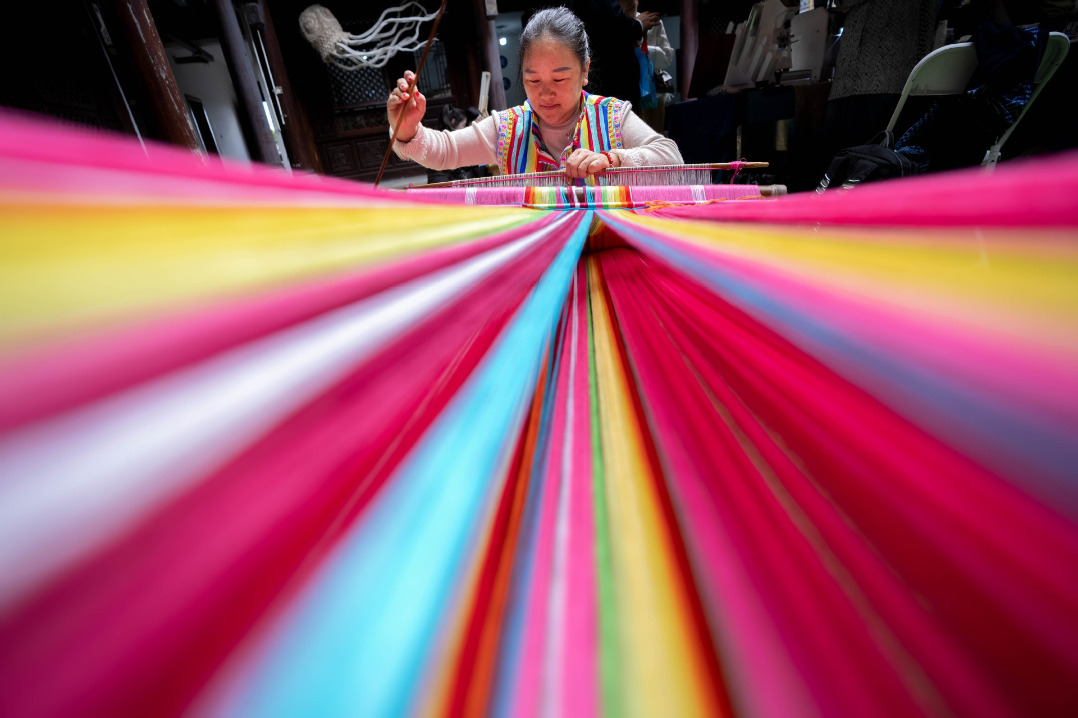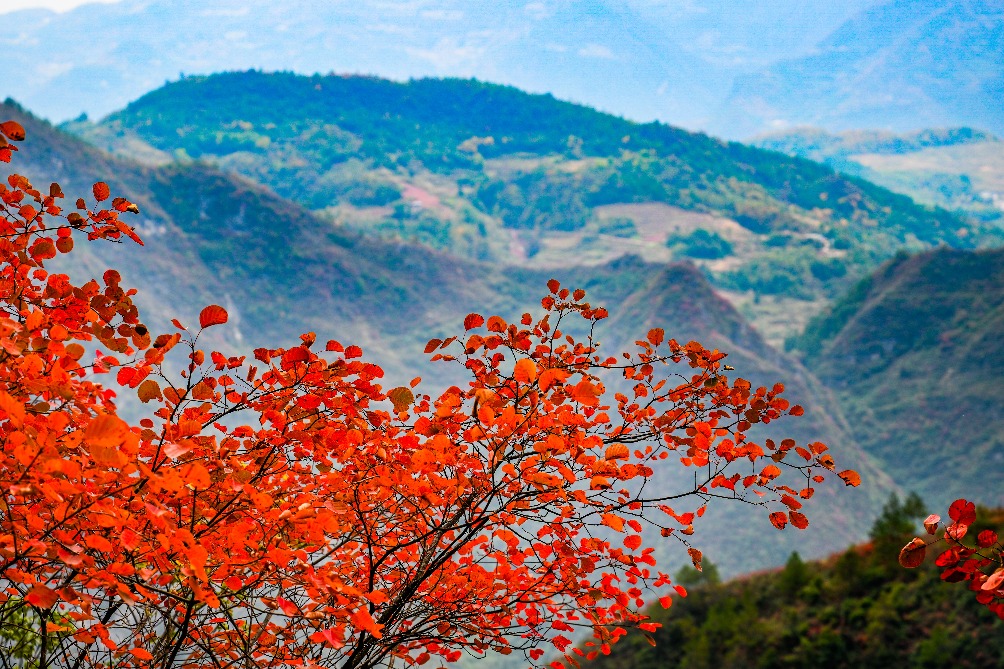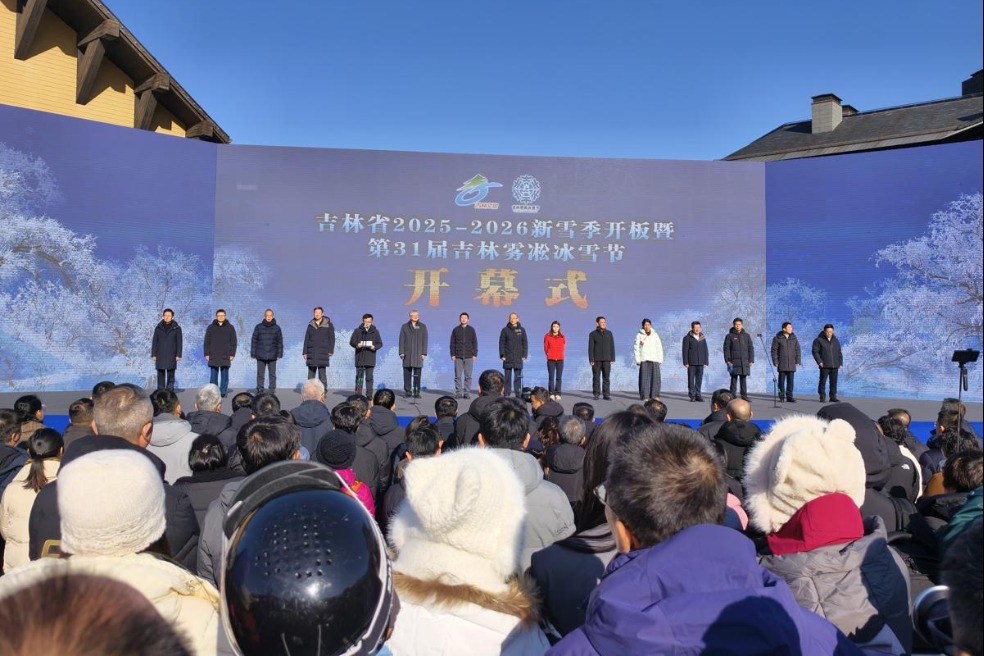Decades of effort at Saihanba repay green dividends


Once a barren expanse, the Saihanba Mechanized Forest Farm in Hebei province is today home to 500 million trees. Placed one meter apart, they would go around the equator 12 times.
As a key part of northern China's afforestation program, these trees were planted and cared for by three generations of Saihanba foresters over the past six decades. Their efforts offer a vivid example of how people and nature can protect and sustain one another.
Even the rocky slopes and sandy lands have been transformed into thriving greenery. According to Yu Shitao, the manager of the forest farm, by 2012, all suitable land had already been planted, leaving only the rocky slopes — about 7,067 hectares in total.
"All of these rocks had to be dug out. And on slopes steeper than 40 degrees, machinery couldn't reach, so afforestation relied entirely on manual labor or livestock carrying the materials," Yu said.
When the forest farm was first completed, most of the trees belonged to a single species. To enhance resilience against pests, diseases and fire, foresters later began introducing a mix of species, gradually transforming the monoculture plantation into a more diverse forest.
Forest health is further protected through meticulous management and advanced technologies. Li Shuang, head of the forest farm's pest control and quarantine station, said that a remote monitoring and command system powered by artificial intelligence and big data has been established to oversee pest and disease control. As a result, the incidence of harmful organisms has remained below 0.3 percent, effectively safeguarding the forest.
Saihanba has also implemented a comprehensive, 100 percent coverage early-warning and monitoring system for fire prevention, integrating satellites, helicopters, drones, fire-detection radar, video surveillance and ground patrols and lookouts.
Through afforestation projects such as Saihanba, China has made the largest contribution to the world's new green areas, accounting for roughly a quarter of the global increase in greenery over the past two decades.
lishangyi@chinadaily.com.cn




































